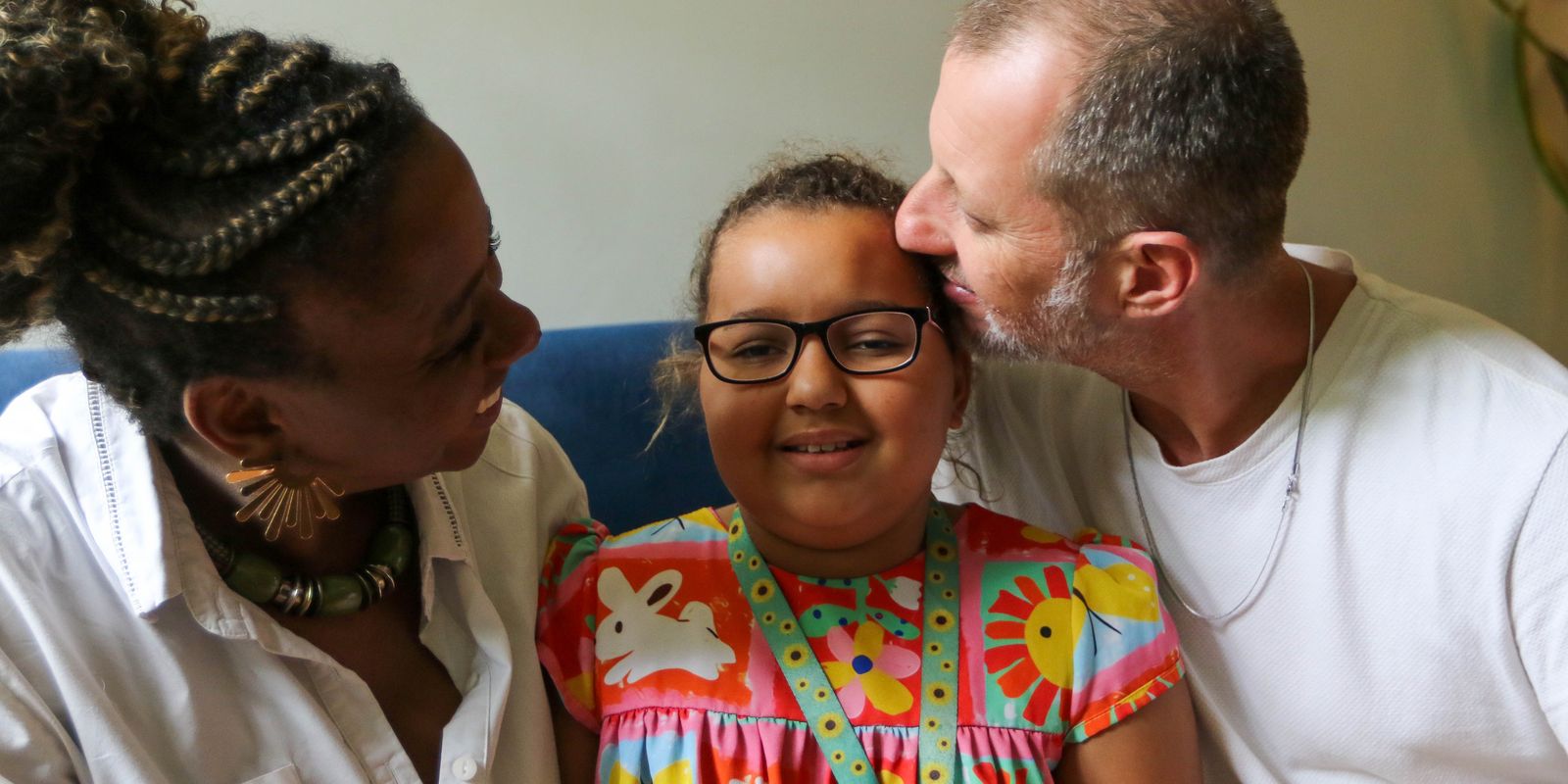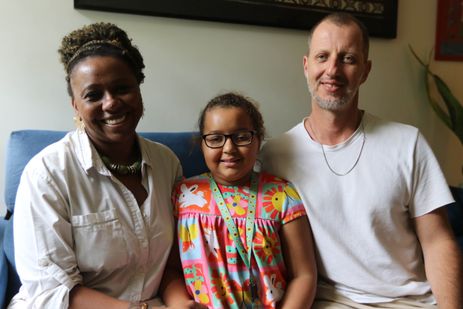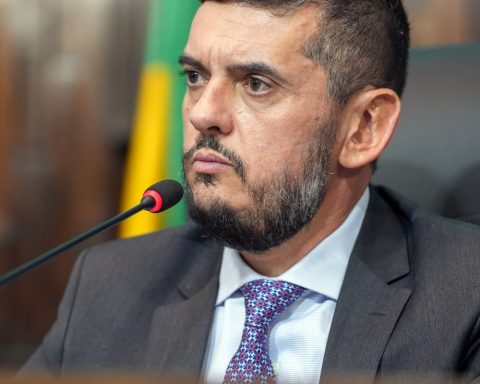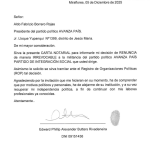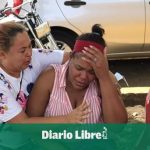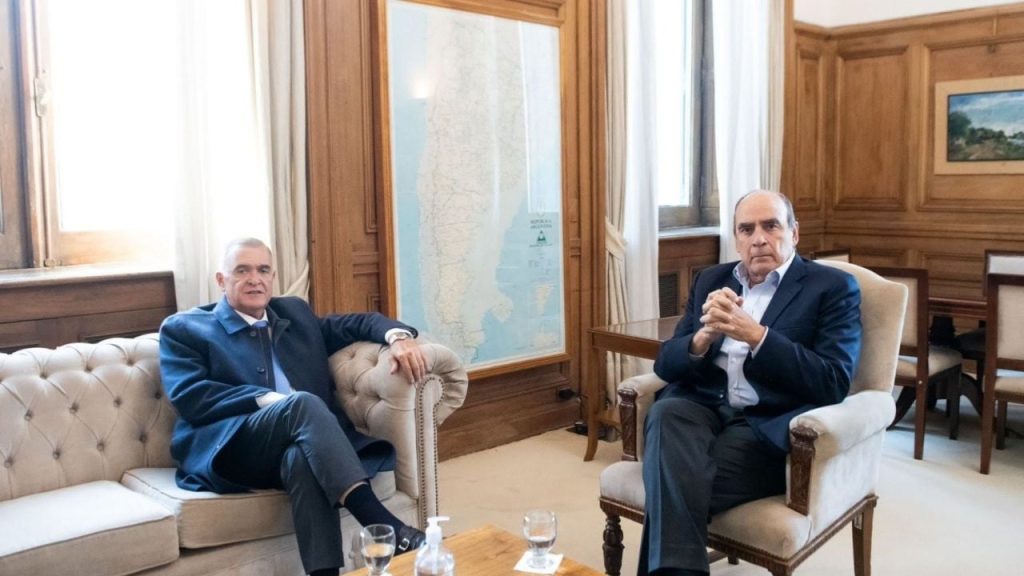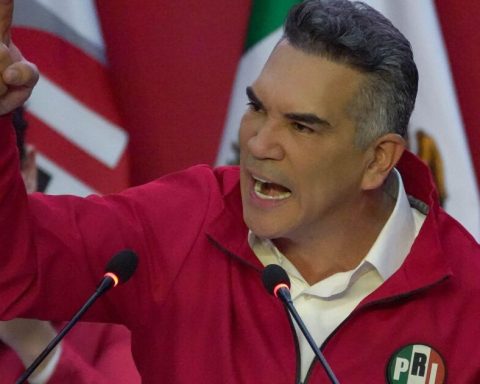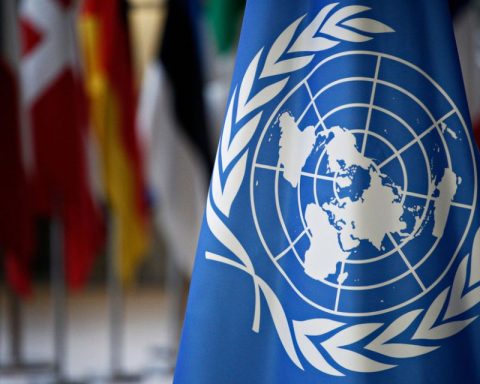Flora, 9 years old, guarantees that she is chatty only outside of school. The girl has a lot to talk about. At school, she stays quiet because she likes math and even finds it easy. She loves Portuguese, writing and English classes. The words mix with the sweet and smiling look. At home, he devours Monica’s gang comics. He also enjoys telling his stories, those of his school friends, the trips he took to the Northeast and the films and cartoons he watches on TV. The chatterbox also knows that she is in a long treatment to take care of a “booty”, as her parents explain.
The mother, Cris Pereira, and the father, Guto Martins, both musicians from Brasília and also parents to the young Poema, aged 15, learned that it is necessary to speak up and give visibility to this boo-boo. “It’s essential to talk about childhood cancer,” says the mother, a samba dancer. Furthermore, they make a point of publicizing that public health systems, since the diagnosis, and education have been fundamental in the fight for Flora.
First signs
Cris speaks out because she knows she can help other people pay attention to signs that can make all the difference in treatment. “There can be no taboo,” says Guto. Cris remembers that Flora’s first sign was at six months, a small squint in her left eye. These were the first signs of pilocytic astrocytoma, a tumor on the head that, in Flora’s case, presses on the front part of the eye.
After the girl presented other moments of indisposition, and they tried to find out what was happening, a year later, the couple received the news that no one wanted to receive. The day was October 3, 2016, a Friday, when they asked for a more detailed examination to be carried out due to the little eye being a little more prominent. The couple, when they found themselves surrounded by different professionals, knew that something had been discovered.
“It was as if we had gone through a portal and nothing would ever be the same again”, recalls the mother. The tumor on the child’s head was already six centimeters long. Three days later the child underwent the first surgery.
A world of thoughts emerged. But initially, they discovered that it was necessary to resign themselves and fight. “It was very important not to feel alone. I tell this story that was lived in 72 hours in which everything changed.” Including the way they look at other people. By observing hospital life, they learned stories of people in even more delicate situations.
Living after the “portal”
The first surgery would be just the beginning of an intense journey that is on track to complete a decade. In November of that year, chemotherapy sessions began. The cycles were accompanied, initially, with much surprise for the parents. The routine caused them to stop counting when they reached number 120. “We understand that the protocols are to weaken the tumor to the point that these cells stop producing.”
The couple, along the way, decided that it was necessary to publicize what was happening in the family. Even an Instagram page (@mamaetocomcancer) was created. On the channel, they share experiences with other families, talk about small victories every day or share the challenges that arise.
Throughout this process, it was not uncommon for the couple to see mothers abandoned with their sick children. Women who literally live in hospitals. Guto sees fewer men accompanying their children in treatment. “I find this very sad. We always took turns a lot. There are women caring for children without any support network, they are people in real vulnerability without money to have a snack.”
The days are different from each other, but they have become accustomed to the fact that it is necessary to live each moment with pragmatism and intensity. Currently, because of the aggressiveness of the tumor, Flora is undergoing a treatment called “target therapy”, carried out through genetic mapping. Medicines are expensive. Two boxes are needed per month (each costs around R$6,000). Currently, the family has been assisted by a court decision that guarantees payment by the health plan.
Early diagnosis
According to pediatric neurosurgeon Márcio Marcelino, from Brasilia Children’s Hospital – which operates through the Unified Health System (SUS) – the initiative to bring visibility and talk about childhood cancer is very important. Mainly because the first manifestations can go unnoticed and this possibility cannot be avoided.
“This family went to emergency rooms and emergencies at different hospitals. It’s not just in Brazil. We have documented numerous initiatives outside the country to raise awareness and alert health services to this”, says the specialist.
He explains that early diagnosis can make all the difference. The reason is simple: when an injury is found in the early stages, there are three benefits for the child. “The first is that the tumor is smaller.” This facilitates the surgical procedure, if applicable. The second benefit is that it reduces the possibility of finding a disease that is already spreading. The third reason is that it avoids situations in which the child spends months feeling weaker. This does not mean, as he highlights, that there is no treatment if there is a late diagnosis.
The specialist explains that the advancement of science is fantastic when it comes to cancer treatment. “We are able to differentiate the various subtypes within the same type of tumor. And with these genetically determined subtypes of these tumors, we are able to better define the prognosis and the best treatment”, he argues.
This advance in science has proven to be revolutionary, according to Márcio Marcelino. Early diagnosis is the beginning of the journey. “It can be a blow to the family. But it’s important for them to know they are never alone.” In Flora’s case, the doctor has already been responsible for four surgeries. “We are in the fight. The last surgery was what helped a lot with her injury.”
In Flora’s path, the mother teaches her to be intense at all times. The days of hospitalization even served as inspiration to compose a feminist uprising anthem. Among the verses is: “resistance ignited in me”. But the girl also teaches, even though she is so young and so young, that it is necessary to talk, smile and fight every day.
